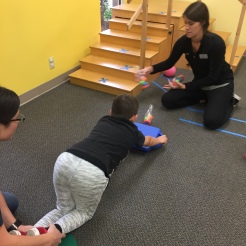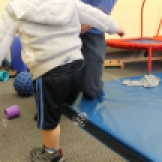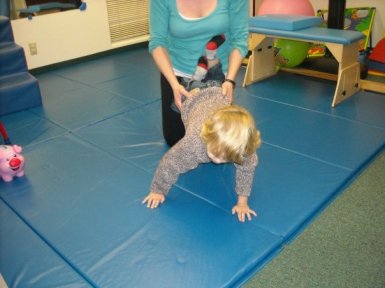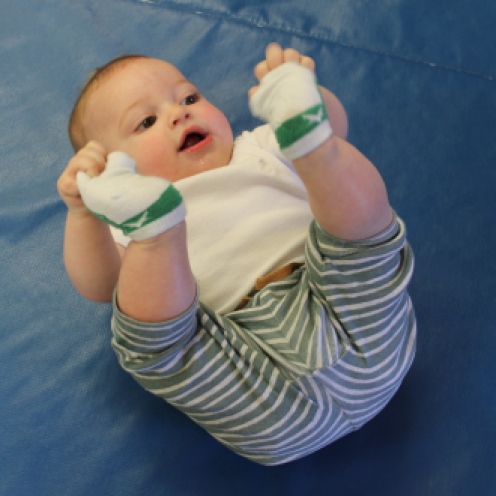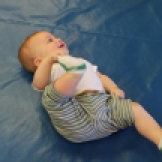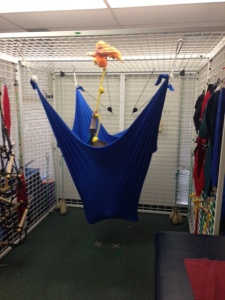
It’s been a few years since we did a top ten list at the end of the year (that may be because for a few years we weren’t very consistent with posting). Since we managed to get out a post every week of this year (yes, we are patting ourselves on the back) we thought we would take a look back and see what posts were the most read by you our readers!
Here are our top 10 overall from 2017:
10. Encouraging Rolling From Back to Stomach
8. Easter Egg Hunt For Motor Skills
7. Having a Ball with Core Muscle Strength
6. Avoiding the ‘Container Shuffle’ with Your Baby
5. My Child Isn’t Rolling Over: Should I Be Concerned?
1.Motor Learning: Stages of Motor Learning and Strategies to Improve Acquisition of Motor Skills
Interestingly enough, all of these were published prior to 2017, so I decided to dig a little deeper and find out our top ten that were published in 2017. Those are:
10. Halloween Inspired Gross Motor Games
7. 10 Things You Didn’t Know a Pediatric PT Could Help With
5. Taking the Vision out of Balance
4. Core Workout: Hungry Hippos Meets Wreck it Ralph
3. Eccentric Abs (and no, I don’t mean odd!)
Happy New Year, thanks for a great 2017 and we look forward to seeing you in 2018!

